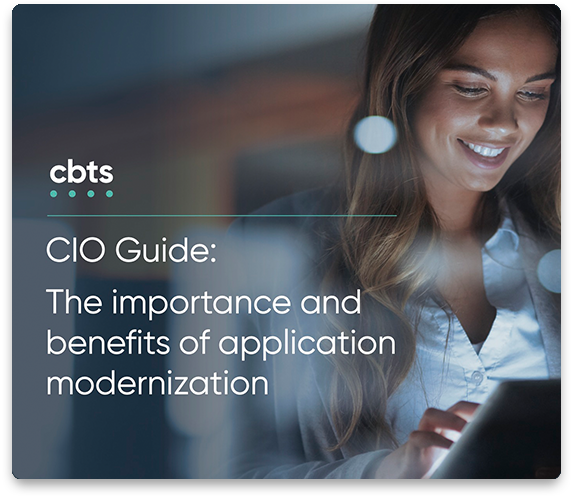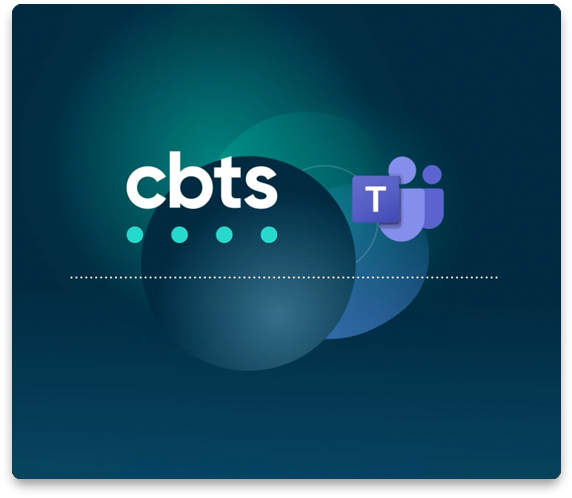
Fifth-generation wireless technology (5G) continues to be deployed globally with lofty ambitions of seamless connectivity, faster data speeds, and lower latency.
However, as in-building wireless integration becomes a crucial component of business communication worldwide, many organizations are challenged to meet the infrastructure requirements best suited for reliable 5G in their facilities. To that end, business leaders must understand their most pressing wireless communication obstacles when future-proofing their in-building systems for the innovations of tomorrow.
Overall interest in 5G is high, with 65% of organizations currently researching the technology, according to a survey from data and marketing services firm IDG. Study participants pointed to benefits such as higher bandwidth and faster downloads, while realizing a need to implement 5G-ready infrastructure and network improvements for the best competitive advantage.
Currently, the majority of survey respondents utilize Wi-Fi for in-building connectivity, but stated that rising Wi-Fi consumption poses a daunting problem for their organizations. Alternatives to Wi-Fi include a cell repeater—through which an antenna grabs a signal from a nearby macro tower to enhance a facility’s wireless coverage, or a distributed antenna system (DAS), a macro tower independent cellular ecosystem designed specifically for a particular building that is not reliant on nearby macro tower signals. Wireless signals are generated and transmitted via fiber optic cable to antennas distributed throughout an organization’s infrastructure, resulting in improved connectivity, increased dedicated capacity, and is less susceptibility to external interference.
Alongside boosting network performance, DAS sufficiently prepares businesses for a transition into 5G if the technology is integrated into a wireless carrier’s network. Organizations with carrier equipment already on hand may receive 5G upgrades automatically. Per the IDG study, 35% of respondents are DAS users, with another 38% expected to switch to DAS over the next year.
CBTS offers a fully-managed DAS solution that provides all the benefits of DAS while simplifying system implementation and monitoring. The company’s fiber-based DAS Indoor 5G runs an always-on indoor wireless signal to any device, with day-to-day management of the system supervised by certified CBTS technicians.
Additionally, the solution supports common frequencies implemented today on one hardware layer, priming the system for changing usage needs as well as burgeoning technologies like 5G. Thanks to fiber technology, the system is also more affordable and easier to install than competing innovations.
As a managed service provider, CBTS offers customers a variety of services related to DAS Indoor 5G, including an initial building assessment, flexible financing options, and monthly analytics reporting.
As 5G approaches, the demand for best-in-class indoor connectivity will continue to grow. Organizations concerned about infrastructure cost and network implementation want a beneficial communication solution to keep their operations running smoothly. DAS Indoor 5G is a cost-effective, easily upgradable system ready to harness every advantage that 5G has to offer. Learn more about how DAS Indoor 5G from CBTS can benefit your organization.
Read more: Builder's guide to Indoor 5G




















